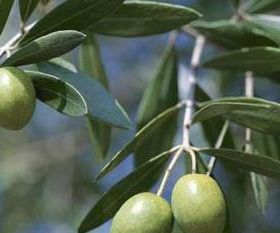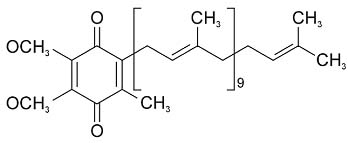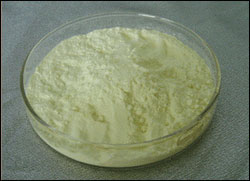Introduction
| 20% Oleuropein -HPLC |
|
Olive Leaf (Olea europa)
Olive is a small evergreen tree native to Mediterranean regions. The characteristic green to blue-black fruit of this tree yields a useful, edible oil. Both the oil and the dried green-grayish colored leaves are used medicinally.
Historical or traditional use (may or may not be supported by scientific studies)
The olive tree has been held in high esteem throughout history. Moses reportedly decreed that men who cultivated the leaf be exempt from serving in the army. The oil is symbolic of purity and goodness, while the olive branch represents peace and prosperity. Winners in the Greek Olympic games were crowned with a wreath of olive leaves. Historically, medicinal use of olive leaf has been for treatment of fevers and for the topical treatment of wounds or infection. As a poultice, it was also used by herbalists to treat skin rashes and boils.
Active constituents
Olive leaf has a wide number of constituents, including oleuropein and several types of flavonoids (e.g., rutin, apigenin, luteolin). While olive leaf is traditionally associated with a wide number of medicinal claims, few of these have been verified by experimental study. In an animal study oleuropein (when given by injection or in intravenous form) was found to decrease blood pressure (e.g., systolic and diastolic) and dilate the coronary arteries surrounding the heart. This ability to lower blood pressure may justify the traditional use of olive leaf in the treatment of mild to moderate hypertension. However, human studies are needed to clearly establish olive leaf as a potential treatment for high blood pressure.
In addition, a test tube study has revealed that oleuropein inhibits the oxidation of LDL (“bad”) cholesterol. LDL oxidation is one part in a series of damaging events that, if left unchecked, can lead to the development of atherosclerosis. This action may provide one clue as to why those consuming a Mediterranean-based diet may lower their risk of developing atherosclerosis.
Oleuropein from olives may also have antibacterial properties. When unheated olives are brined to preserve them, oleuropein is converted into another chemical called elenolic acid. Elenolic acid has shown antibacterial actions against several species of Lactobacilli and Staphylococcus aureus and Bacillus subtilus in a test tube study. Whether or not the oleuropein in the leaf undergoes such a transformation is open to question at this point, raising some question as to its antibacterial effects and potential use for this purpose in humans.
Olive leaf extracts have been employed experimentally to lower elevated blood-sugar levels in animals with diabetes. These results have not been reproduced in human clinical trials and as such, no clear conclusions can be made from this animal study in the treatment of diabetes.
How much is usually taken?
The effective amount of olive leaf for human use is not established. To make a tea, steep 1 teaspoon (5 grams) of dried leaves in 1 cup (250 ml) of hot water for 10–15 minutes.Dried leaf extracts containing 6–15% oleuropein are available commercially, but no standard amount has been established.
Are there any side effects or interactions?
The safety of olive leaf has not been established in pregnancy. Olive leaf can be irritating to the stomach lining and should be taken with meals.
At the time of writing, there were no well-known drug interactions with olive leaf.
|
More Products





